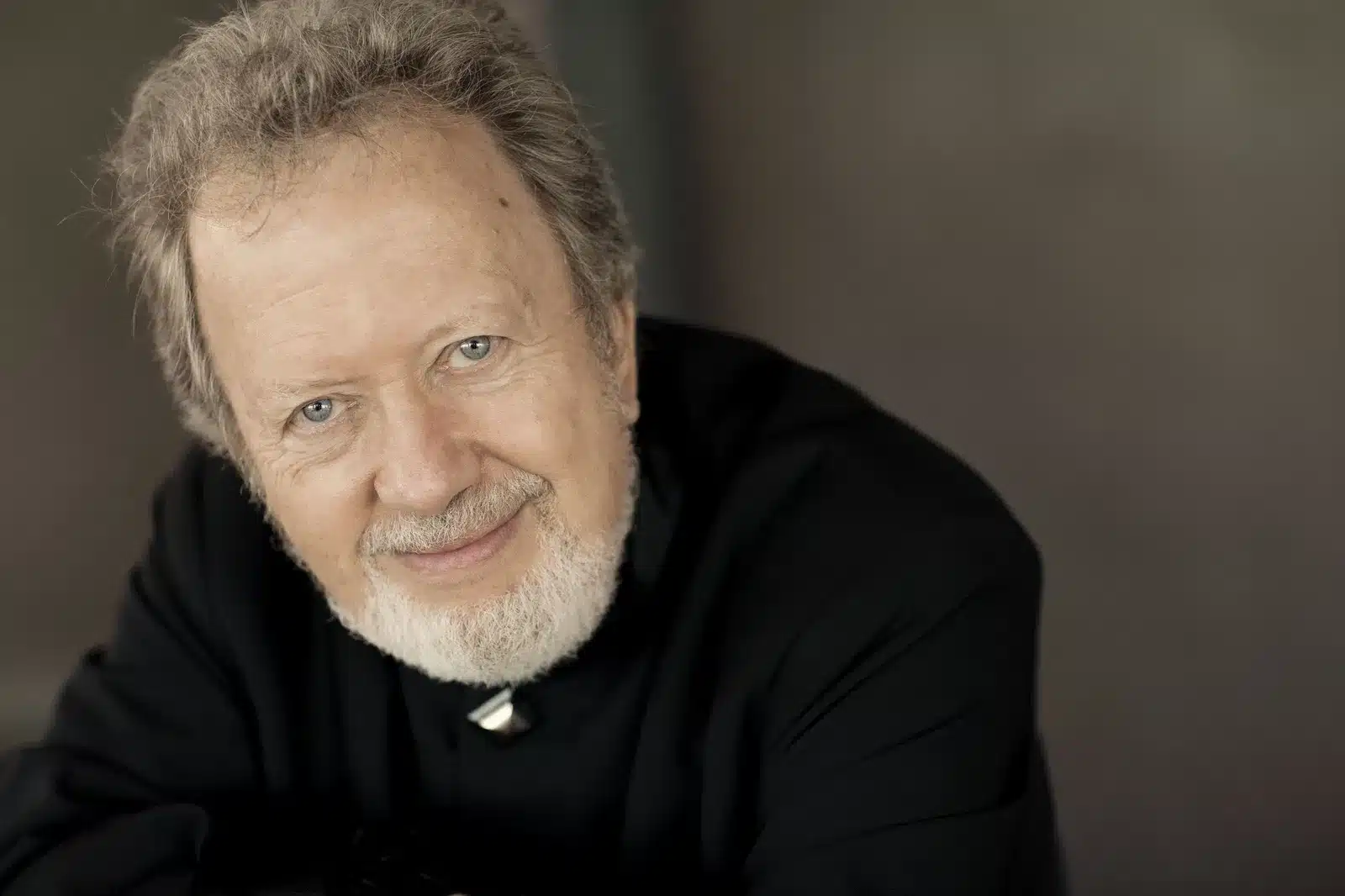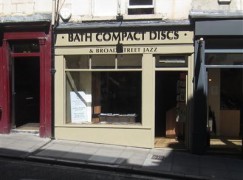Live inside the League of American Orchestras
OrchestrasA report from our observer, Susan Hall:
The League of American Orchestras held its annual meeting in Houston,Texas from June 6-8. About one thousand representatives of orchestras across the globe attended. In the US, there are 1224 symphony orchestras. Texas has 161, 31 more than the entire country of Germany.
Europeans envy American orchestra’s access to big private money. Americans envy Europe’s access to public funds. The big difference between the two spheres is musical education. US public schools have by and large given up teaching music. In Europe, most children are exposed to Zoltán Kodály methods from the start. Audiences have been built for centuries in Europe. Carnegie Hall’s Weill Music Institute offers teachers free guidance, but sometimes the teacher is a tone-deaf basketball coach.
The League provides institutions with help in matters they can’t address themselves. The League provides sophisticated data, federal government lobbying and mentoring. Participants from Anchorage, Alaska, bearing salmon and fresh ideas, joined Houston Symphony executives and musicians offering musical performance and many questions.
Events for the entire group included a moving address by composer Gabriela Lena Frank on the importance of telling a story – this applies of course not just to a composer and interpreter, but to CEOs talking to their boards and development officers reaching out to the community. Highest honors were awarded to Lee Koonce of the Gateway Foundation and the Chicago Symphony.
A concluding lecture offered insights into music composed in Afghanistan where music is banned.
Sandwiched between the big events were often surprising and clearly useful programs available through exhibitors. From next-generation apps offered by ‘easy-connect’, a Viennese firm that has just completed apps to build community and curate content for the Metropolitan Opera. Many companies are offering video and live music combinations. From Chattanooga, Film Score in Reverse offers silent films like “One small Step,” cued to live orchestral performance as Buzz Aldrin and Neil Armstrong land on the moon. From Morgan Freeman’s Ground Zero Blues Club in Mississippi comes a BB King song orchestrated for symphonic performance.The Savannah Symphony has already used it to enthusiastic response. Youth orchestra administrators thought Blues might be perfect for them.
Paul Scarborough’s Akustiks is joining with Schuler Shook to build Masterpiece Hall in Winona, Minnesota (pop. 30,000). A local citizen has written the check for the building, designed with the best acoustics and lighting possible. $20,00,000 is set aside for free tickets and transportation to the venue. Just as tiny Winona will draw people in for classical music performance, the Ground Zero Blues Club is a local springboard from which blues symphonic performance can take place across the country.
The determination, grit and passion of the participants hung in the air and buzzed in conversations among colleagues at workshops.
A performance of Richard Strauss’ Salome by the Houston Symphony capped the second day. The stage was packed. A pathway had been built so Salome could weave her way through the orchestra. Lighting by Jim French reflected off the walls, enveloping the audience and drawing us in. Superb singing by the principals, Jennifer Holloway, Mark S. Doss and John Daszak, worked with the orchestra conducted by Juraj Valčuha to make this a stunning opera experience. Symphonic performances of operas attract audiences. As orchestra organizations stumble toward the future, the support of the League under the leadership of Simon Woods in practical matters as well as flights of fancy is clearly appreciated.






Comments